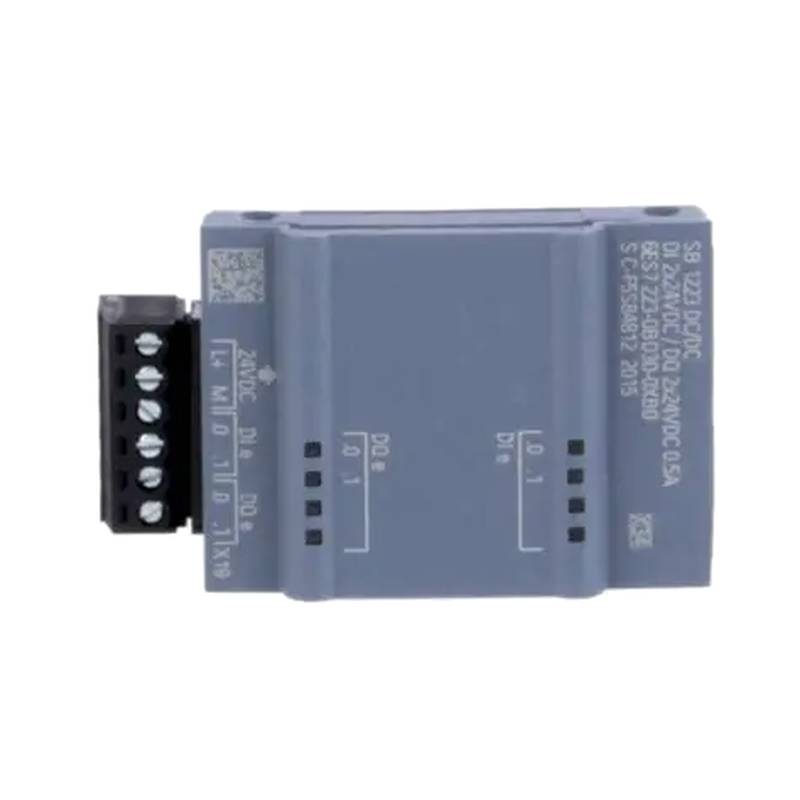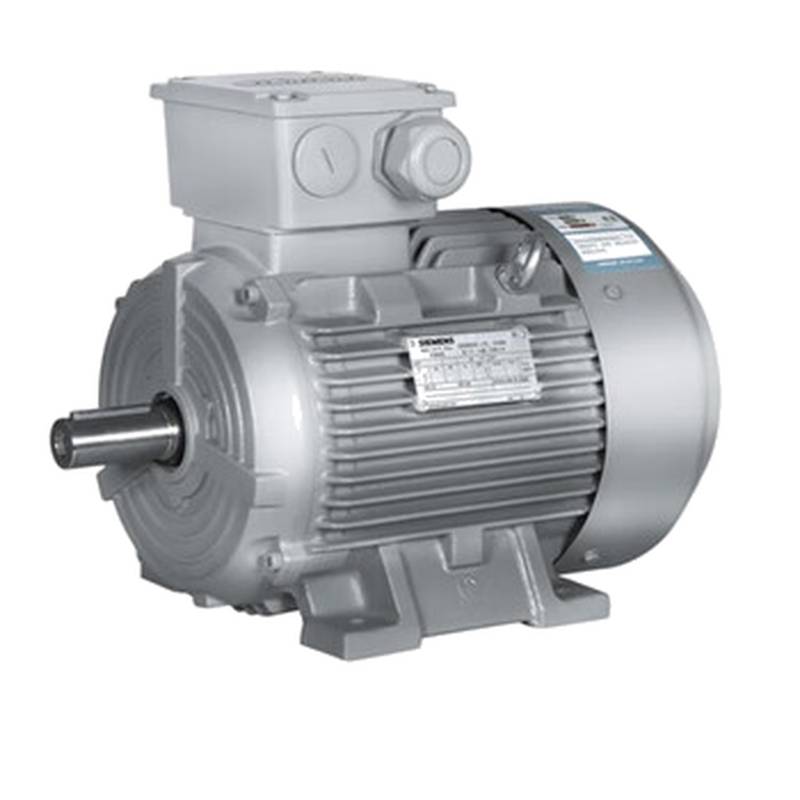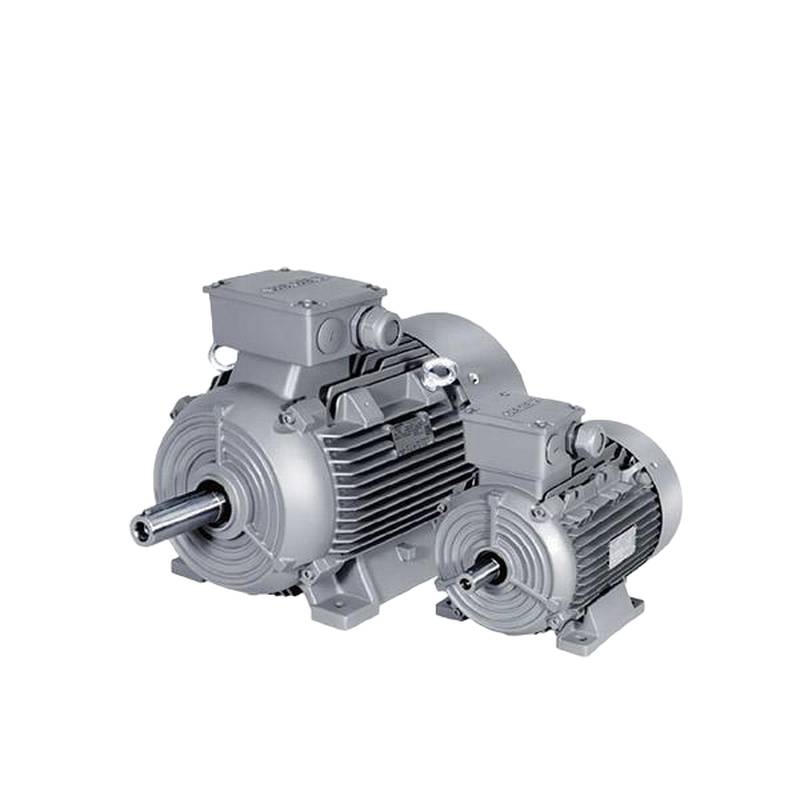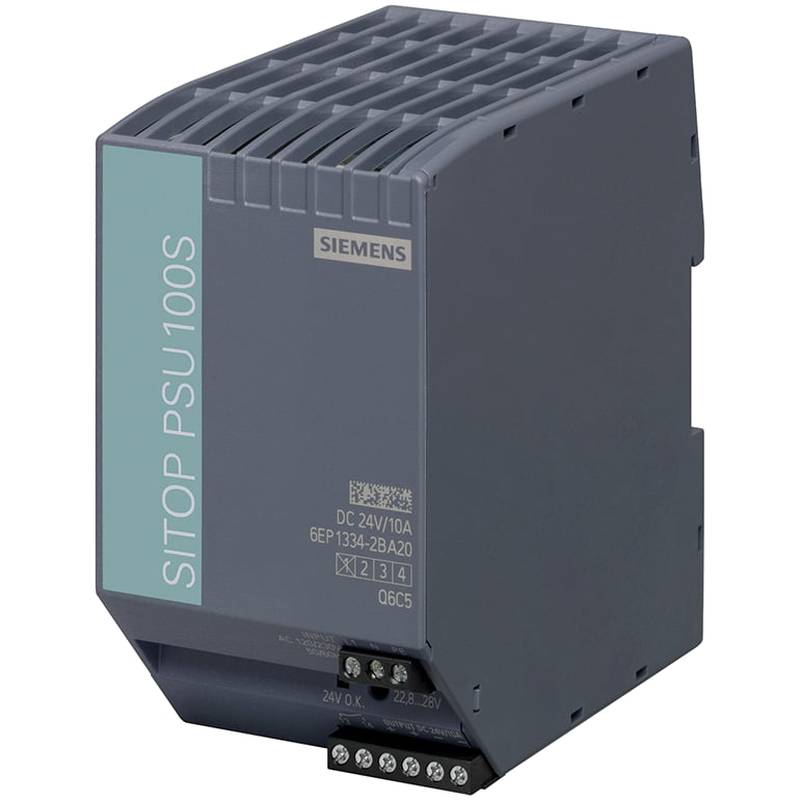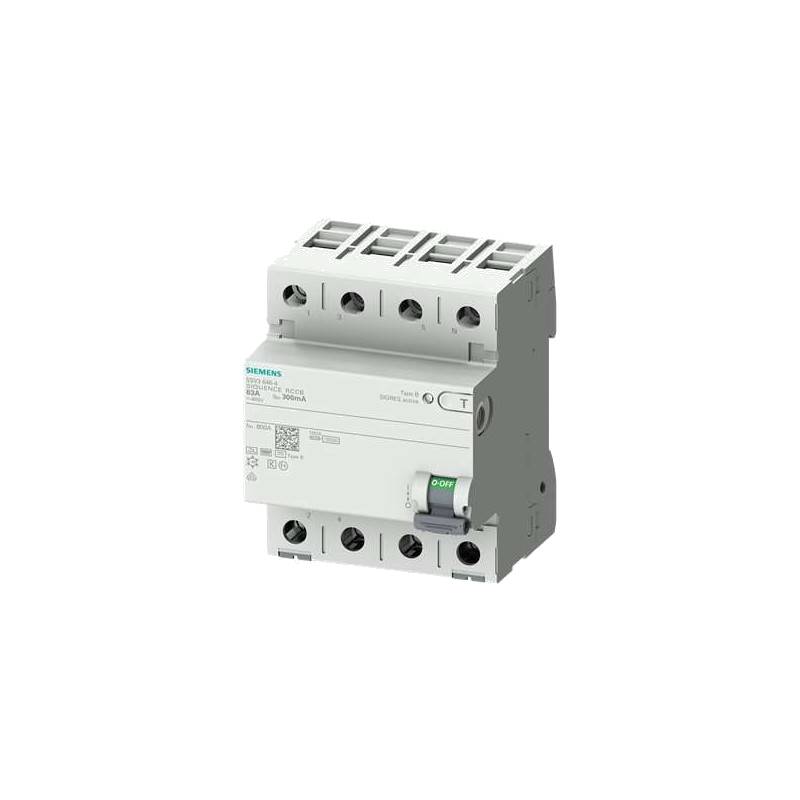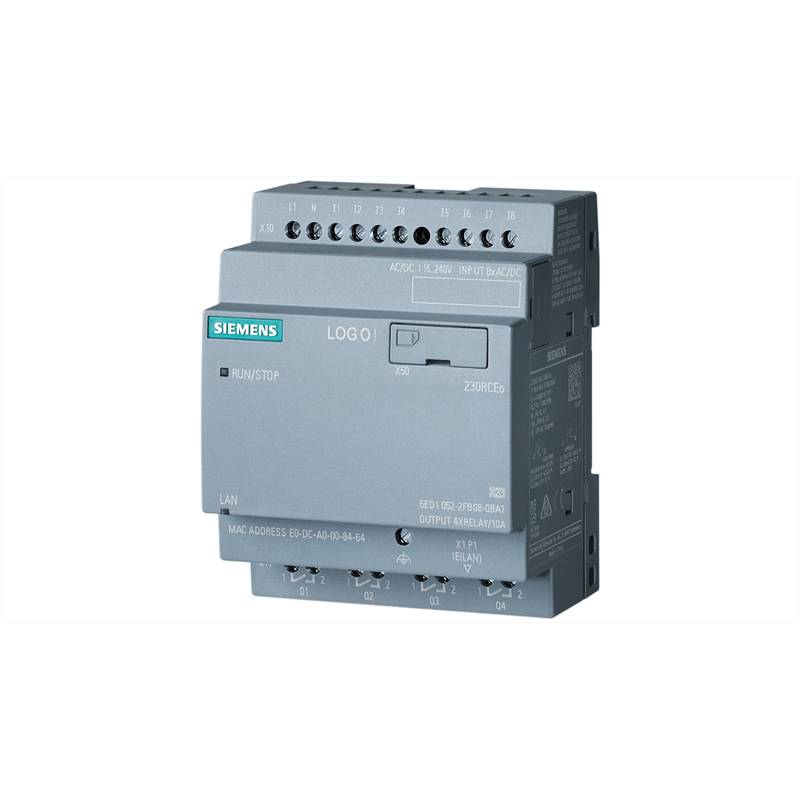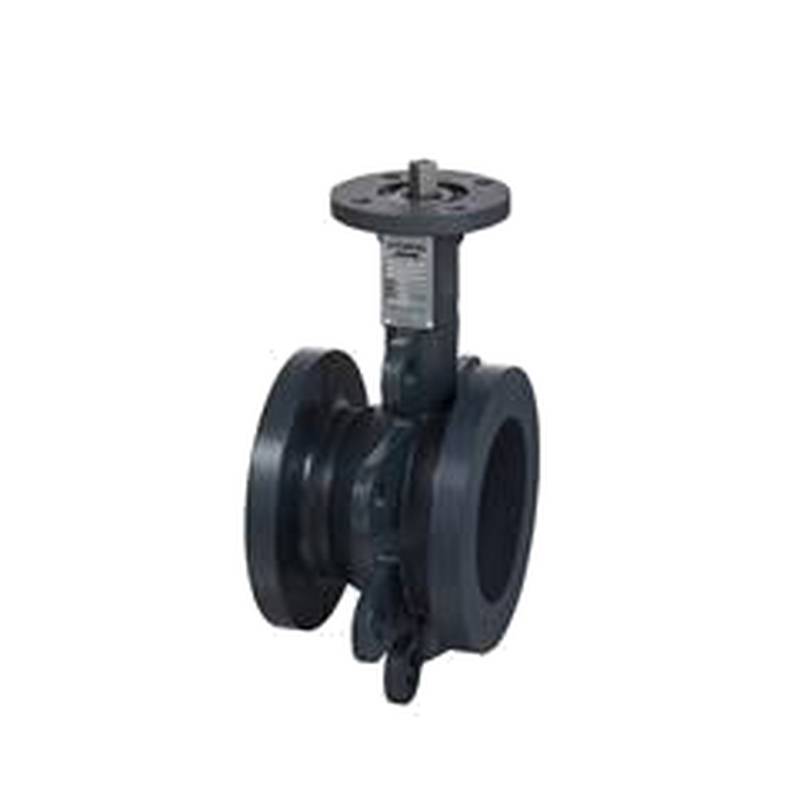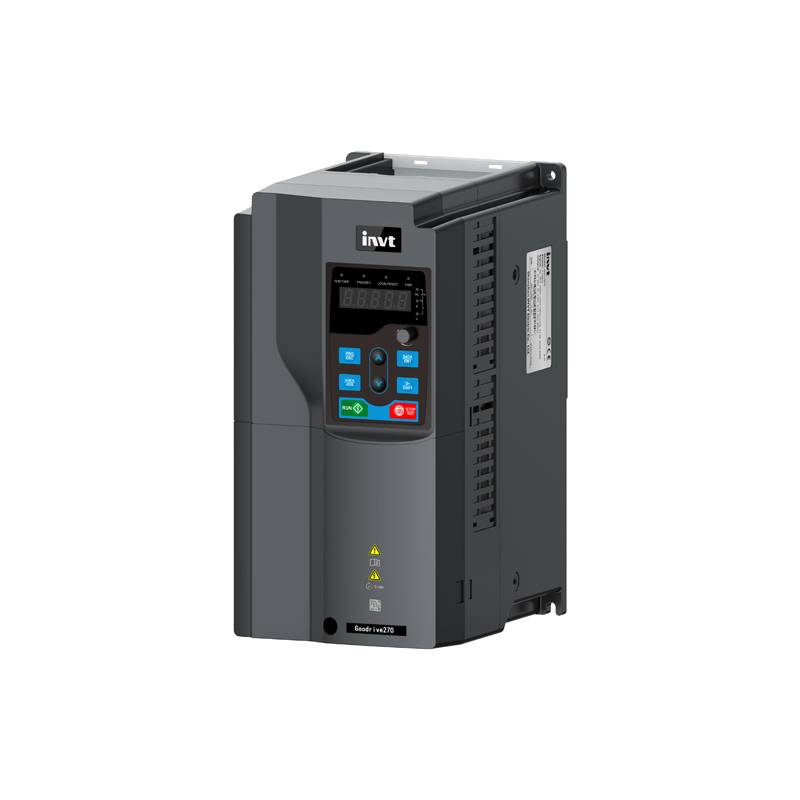
The Siemens 6ES7223-0BD30-0XB0 represents a robust solution for discrete control applications, offering a compact and efficient way to expand the input/output (I/O) capabilities of Siemens SIMATIC S7-200 PLCs. This mixed-signal board integrates 4 digital inputs and 4 digital outputs, providing essential functionality for a wide range of industrial automation tasks. Its primary advantages lie in its space-saving design, ease of integration, and reliable Siemens quality, making it a go-to choice for augmenting control systems where additional I/O points are required without a significant increase in panel footprint. The board's technical specifications highlight its suitability for standard industrial environments, ensuring dependable performance.
Product Specifications
| Feature | Specification |
| :---------------------- | :------------------------------------------ |
| Product Number | 6ES7223-0BD30-0XB0 |
| Product Type | Compact Digital I/O Expansion Module |
| Digital Inputs | 4 |
| Digital Outputs | 4 |
| Input Voltage | 24V DC |
| Output Type | Relay (SPST-NO) |
| Output Current (Max) | 2A per channel |
| Output Load Voltage | 5-30V DC / 5-250V AC |
| Isolation | Optocoupler |
| Dimensions (W x H x D) | 45mm x 80mm x 62mm |
| Operating Temperature | 0°C to 55°C |
| Mounting | DIN rail |
| Compatibility | Siemens SIMATIC S7-200 PLCs |
Core Features & Market Positioning
The Siemens 6ES7223-0BD30-0XB0 distinguishes itself through its specific application focus and integration capabilities within the S7-200 ecosystem. As a dedicated expansion module, it offers a cost-effective method for users to add crucial digital I/O without needing to upgrade to a larger, more expensive PLC. Its relay outputs provide a versatile switching capability, suitable for controlling a broad spectrum of industrial devices like motors, solenoids, and indicator lights, accommodating both DC and AC loads. This positions the module as an ideal solution for small to medium-sized automation projects or for retrofitting existing systems that require enhanced control points. The inherent reliability and widespread support for the S7-200 platform further solidify its market appeal for dependable, long-term industrial operations.
Key Application Scenarios
This compact I/O module finds extensive use across various industrial sectors, particularly in applications requiring straightforward digital control and monitoring. It is frequently deployed in machine building for controlling actuators, sensing limit switches, and managing operational status indicators. In the food and beverage industry, it can be utilized for sequencing conveyor belts, managing mixing processes, or controlling packaging machinery. The pharmaceutical sector benefits from its precise control for batch processing and equipment interlocks. Furthermore, its adaptability makes it suitable for building automation, managing lighting controls, HVAC systems, and access control points where simple on/off switching and status feedback are paramount. The 6ES7223-0BD30-0XB0 is particularly valuable in applications where space is a constraint, such as in compact control cabinets or on modular machine designs.
Practical System Integration Guidance
Integrating the Siemens 6ES7223-0BD30-0XB0 into an existing S7-200 system is a streamlined process. The module connects directly to the PLC's expansion bus, typically via a ribbon cable. For wiring the digital inputs, external devices such as sensors or pushbuttons are connected to the input terminals (I0.0 to I0.3), with the common terminal connected to the PLC's system ground or a dedicated 24V DC supply, depending on the sensor type and wiring convention. Digital outputs (Q0.0 to Q0.3) are wired to control elements like contactors, relays, or indicator lamps. Each relay output typically has a common terminal that connects to the switched power source (either AC or DC, respecting the output voltage and current limits), with the normally open (NO) contacts connecting to the load. Programming involves mapping these I/O points within the S7-200's memory addresses, allowing the PLC logic to read input states and control output states accordingly. Ensuring proper grounding and adhering to voltage/current ratings for both inputs and outputs is critical for safe and reliable operation.
Operation and Risk Mitigation
Safe operation of the Siemens 6ES7223-0BD30-0XB0 hinges on adherence to electrical safety standards and proper installation practices. Before any wiring or maintenance, ensure the power supply to the PLC and the connected module is completely de-energized. Verify that the voltage and current requirements of the controlled devices do not exceed the specifications of the relay outputs (2A per channel, 5-30V DC or 5-250V AC). Proper shielding and grounding of input/output signals can mitigate electromagnetic interference, preventing erratic behavior. In case of output failures, a common issue might be exceeding the load capacity, leading to relay contact welding or burnout. Input failures could stem from incorrect wiring or faulty external devices. It is crucial to consult the S7-200 system manuals for specific troubleshooting steps and error code interpretations related to I/O module behavior.
Scalability & Long-Term Value
The Siemens 6ES7223-0BD30-0XB0 offers a defined path for system expansion within the SIMATIC S7-200 family. While the S7-200 platform itself is mature, this module ensures that existing systems can be efficiently upgraded or expanded with additional digital I/O capabilities without requiring a complete PLC replacement. Its compatibility with a wide range of S7-200 CPUs allows for flexibility in system design. For those looking towards future integration with Industrial Internet of Things (IIoT) or Industry 4.0 initiatives, the S7-200, when coupled with appropriate communication processors or gateways, can serve as a foundational element. The reliability and availability of Siemens components contribute to the long-term value of systems incorporating this I/O module, minimizing downtime and maintenance costs over the equipment's lifecycle.
Frequently Asked Questions
1. What are the primary benefits of using the Siemens 6ES7223-0BD30-0XB0?
This module offers a compact and cost-effective way to add 4 digital inputs and 4 digital outputs to Siemens S7-200 PLCs. Its small footprint is ideal for space-constrained control cabinets, making it a practical choice for system expansion or upgrades.
The relay outputs provide versatile switching capabilities for controlling both AC and DC loads, accommodating a wide range of industrial devices and simplifying wiring. Its integration into the well-established S7-200 platform ensures reliable performance and easy compatibility with existing automation systems.
Users benefit from the Siemens brand reputation for quality and durability, which translates to reduced downtime and a lower total cost of ownership over the system's lifespan.
2. How do I wire the digital inputs on the 6ES7223-0BD30-0XB0 module?
Connect your 24V DC sensors or switches to the input terminals labeled I0.0 through I0.3. Ensure the common input terminal is connected to the appropriate ground or positive voltage rail as dictated by your sensor's configuration and the PLC's wiring standards.
For sourcing/sinking input configurations, verify the correct voltage polarity. Incorrect wiring can lead to no signal detection or permanent module damage. Always consult the S7-200 system manual for specific wiring diagrams.
Proper grounding of input signals is crucial to prevent noise and interference, ensuring stable and accurate readings from your connected devices.
3. What types of loads can be controlled by the digital outputs of this module?
The 4 digital outputs are relay-based, meaning they can switch both AC and DC loads. They support a wide voltage range, typically from 5V to 250V AC and 5V to 30V DC.
Each output channel is rated for a maximum current of 2A. This allows for control of devices such as small to medium-sized motors, solenoids, contactors, indicator lights, and other actuators commonly found in industrial automation.
Exceeding the 2A current limit per channel can damage the relay contacts, potentially causing them to weld shut or fail open. Always ensure your load's current draw is within these specifications.
4. Is the Siemens 6ES7223-0BD30-0XB0 compatible with other Siemens PLC families?
Primarily, this module is designed as an expansion unit for the Siemens SIMATIC S7-200 series of PLCs. Its specific communication protocol and physical interface are tailored for this platform.
While not directly compatible with newer S7-1200 or S7-1500 systems via direct bus connection, integration into larger networks might be possible through gateways or HMI devices that can bridge different PLC families.
For applications requiring expansion for S7-1200/1500, Siemens offers different I/O modules specifically designed for those platforms. Always verify compatibility before attempting integration.
5. What is the maximum number of 6ES7223-0BD30-0XB0 modules that can be added to an S7-200 PLC?
The maximum number of expansion modules, including the 6ES7223-0BD30-0XB0, that can be connected to a Siemens S7-200 CPU depends on the specific CPU model being used. Refer to the technical specifications of your S7-200 CPU for its expansion capacity limits.
Some S7-200 CPUs have a fixed limit on the total number of I/O points or modules they can support, while others might have different limits for digital versus analog modules. Always check the datasheet for your specific CPU.
Careful planning of your I/O requirements is essential to ensure you select the appropriate CPU and expansion modules to meet your automation needs without exceeding system limitations.
6. What are common troubleshooting steps for issues with the 6ES7223-0BD30-0XB0?
Begin by verifying all wiring connections to ensure they are secure and correctly terminated according to the product manual. Check that the module is properly seated on the PLC's expansion bus.
Inspect the input and output signals using the PLC's diagnostic tools or an external multimeter. Confirm that the external devices connected to the module are functioning correctly and within specified voltage and current limits.
Review the PLC program for any logic errors that might be preventing the I/O from operating as expected. Consult the S7-200 system documentation for specific error codes or diagnostic indicators related to I/O modules.
7. Can the relay outputs of the 6ES7223-0BD30-0XB0 be used for AC and DC loads simultaneously?
Yes, the relay outputs are designed to handle both AC and DC loads, offering flexibility in controlling various types of equipment within a single system. Ensure that the voltage and current ratings are respected for each individual output channel.
However, it is crucial not to mix AC and DC wiring on the same output terminal block if it could create a safety hazard or interfere with signal integrity. Maintain separate wiring for AC and DC circuits for clarity and safety.
Always refer to the detailed wiring diagrams in the product manual to understand the common terminals and contact configurations for each relay output to ensure correct and safe implementation.
8. What are the environmental operating conditions for this module?
The Siemens 6ES7223-0BD30-0XB0 is designed for typical industrial environments and operates reliably within a temperature range of 0°C to 55°C (32°F to 131°F). It is also important to protect it from excessive humidity and direct sunlight.
Ensure adequate ventilation within the control cabinet to prevent overheating, especially when multiple modules or other heat-generating components are installed. Avoid environments with high levels of corrosive gases or dust.
The module is typically mounted on a standard 35mm DIN rail, providing a secure and organized installation in industrial control panels.
9. How does this module differ from Siemens' newer digital I/O offerings?
The 6ES7223-0BD30-0XB0 is part of the legacy S7-200 platform, which is a more compact and cost-effective solution for basic automation tasks. Newer platforms like S7-1200 and S7-1500 offer more advanced features, higher processing power, and expanded diagnostics.
Newer I/O modules often provide higher density (more channels per module), faster response times, integrated safety functions, and support for advanced communication protocols like PROFINET. They are designed for more complex and demanding automation scenarios.
While the S7-200 and its associated modules like the 6ES7223-0BD30-0XB0 remain functional and supported for existing installations, Siemens directs new, complex projects towards their latest generation of controllers and I/O for future-proof solutions.
10. Where can I find the official datasheet and programming manual for the 6ES7223-0BD30-0XB0?
The official datasheet and comprehensive programming manual for the Siemens 6ES7223-0BD30-0XB0 can typically be downloaded from the Siemens Industry Online Support (SIOS) portal. You will need to search for the exact product number.
Siemens' SIOS website is the primary resource for all technical documentation, including user manuals, hardware descriptions, and application examples for their automation products. It is essential for detailed technical information and troubleshooting guides.
Alternatively, if you purchased the product from a distributor, they may also provide access to the relevant documentation or direct you to the appropriate Siemens support channels.














